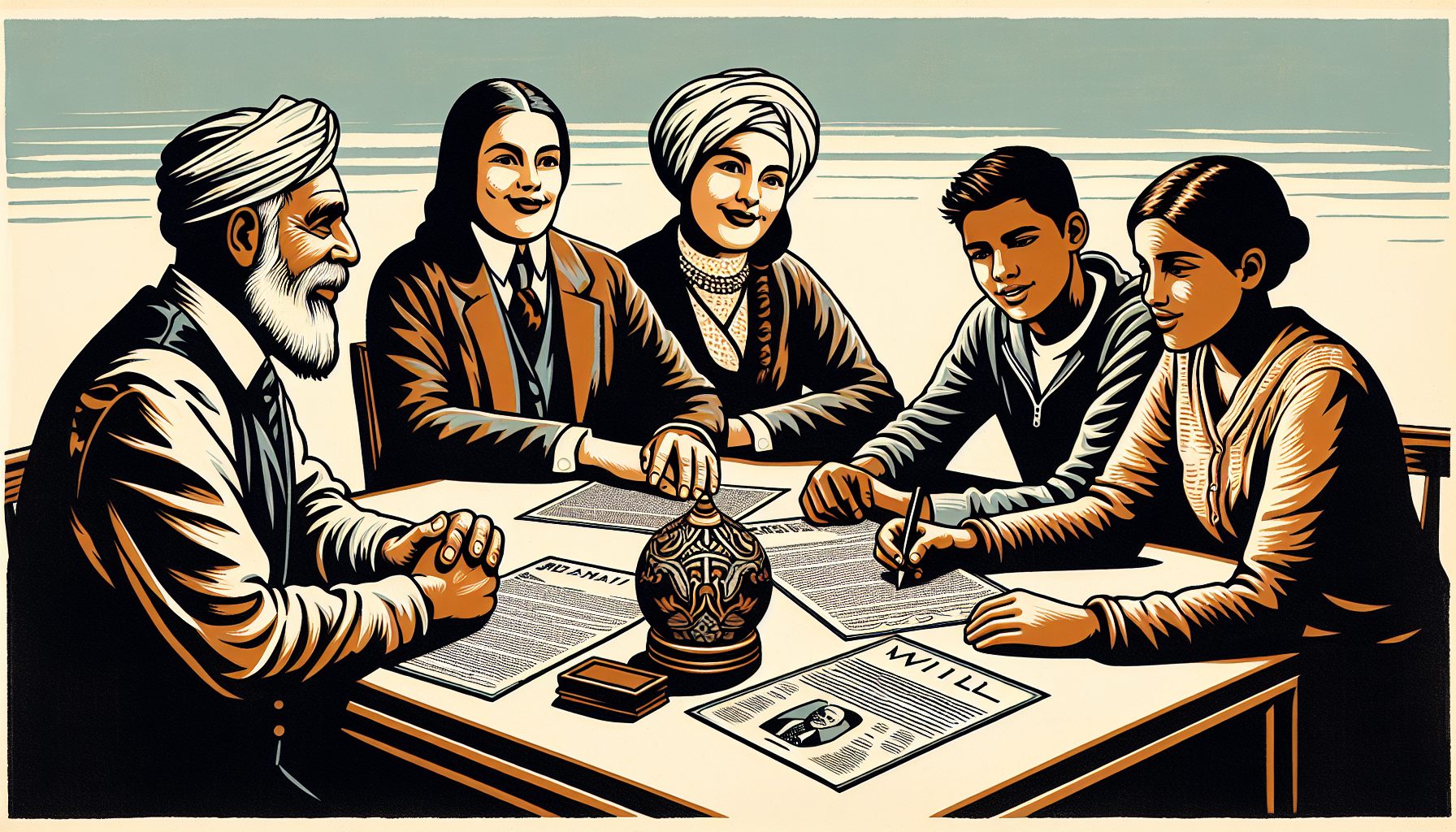See related stories: Tracking Docs Across Devices, Managing the Machines.
When organizations make the move from paper to electronic forms, most do it primarily to save money. When the U.S. Army adopted software to help streamline its mountains of paperwork, it ended up saving something a lot more important: the lives of its soldiers.
Under its old paper-based system, the Army had to plow through millions of sheets of paper each year. This included printing and shipping millions of dollars’ worth of publications and forms to two distribution centers staffed by hundreds of people. These centers shipped the publications and forms literally by the tons to almost 30,000 accounts throughout the Army. The forms were used to trigger the initiation, change or completion of various business processes, and they had to be filled out manually, reprinted and reshipped.
“The Army is like any other organization,” says Susan Maks, director of Army Publishing. “Usually, a form initiates any business process, and it would have to be hand-carried and hand-signed.”
This process happens both in Army offices and in combat theaters, which adds a layer of peril no typical businessperson could comprehend. “The [combat units] would have to put convoys together to take these papers back and forth, and people were actually getting killed,” Maks recalls. “I recently had a lieutenant colonel call me from Iraq extremely upset because he lost one of his soldiers who had been carrying a contract form to get signed. You can’t put a dollar value on that.”
The Army has been trying to move away from paper forms since early in the decade, and recent advances in electronic forms software have finally made it possible to eliminate the need to put lives at risk, while also saving millions of dollars.
Beginning with its officer evaluation reports—which every member of the Army completes at least several times a year—the Army developed an initiative called the Forms Content Management Program in 2002. It then solicited information from more than 50 vendors, whittled the list of finalists down to three for a prototype evaluation and finally selected IBM.








